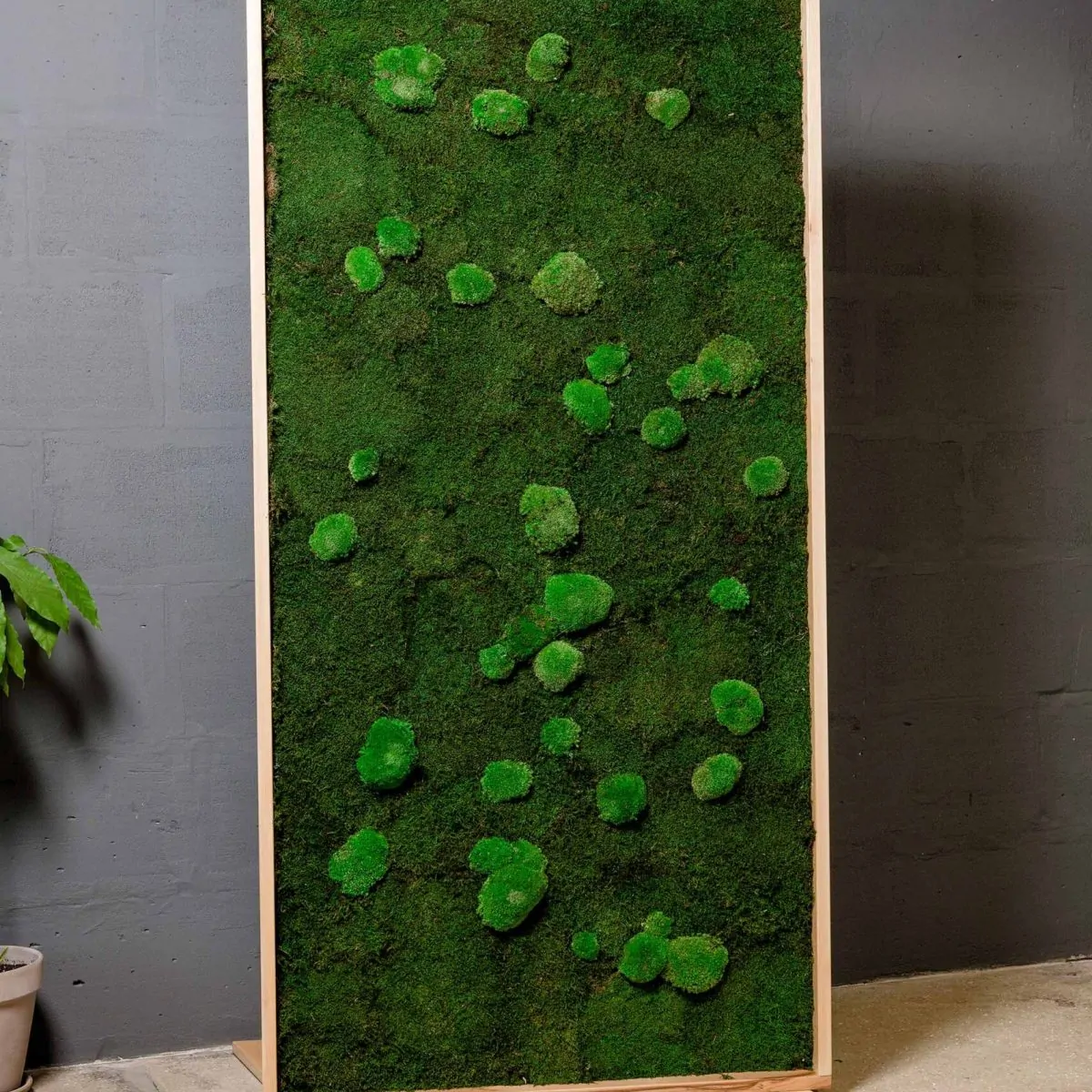
![]()


Once the stretchers have been glued to the legs and the legs fixed to the seat, it is time to trim the legs to the same length. The technique shown above involves cutting four wood blocks from a single board, then notching one of them to fit around a leg. Place the block around the first leg to be cut, then, holding the leg firmly with one hand, cut it to length with a flush-cutting saw. Once the first leg is trimmed, remove the notched block and replace it with one of the remaining blocks. Position the notched piece around the next leg and cut it. Continue in the same way until all four legs are cut.
Although the stretchers are glued to the legs and the legs are glued to the seat in separate steps, these procedures must be completed in quick succession for the chair to be symmetrical and well balanced. To make glue-up go easier, test-fit all the joints and correct any ill – fitting ones, then label the legs before applying any glue to the pieces.
Once the legs are fixed to the seat, the top ends of the legs are kerfed and wedges are inserted into the cuts to reinforce the joints (page 96). The arm posts are installed next, then the arm is set in place, fastened to the arm posts with round mortise-and-tenons. The final steps of the assembly are installing the spindles and the bow (page 98).
|
2 |


Gluing up the legs and stretchers
Test-fit the legs and stretchers together, then spread glue on the stretcher tenons and in their corresponding mortises in the legs. Working on a flat surface, fit the pieces together; use a dead-blow hammer to seat the tenons fully in the mortises (above).
|
3 |
Gluing the legs to the seat
Since the leg tenons will protrude beyond the top surface of the seat when you drive them into their mortises, set the seat upside down on wood blocks on your work surface. Fit the legs into their mortises by hand, then finish the job with the dead-blow hammer (left).
4Kerfing the leg tenons for wedges
The leg tenons in the seat are wedged, tightening the joints and ensuring that the tenons will not loosen. Kerf the tenons by striking a firmer chisel with a hammer; to avoid splitting the seat, orient the slots so they are perpendicular to the grain of the seat (right). Cut the kerfs to a depth slightly below the top of the seat.
5 Tapping in the tenon wedges
 Cut hardwood wedges to fit into the kerfs; make them the same width as tenons, but a few inches longer, and no thicker than % inch at the broad end. Coat the wedges with glue and drive them into the slots as far as they will go with a hammer (below). Let the glue set, then trim the wedges even with the end of the tenons using a flush-cutting saw. Next, use a wide, shallow carving gouge to slice the tenons flush with the surface of the seat; strike the gouge with a wooden mallet (inset). Finally, trim the legs to the same length (photo, page 94).
Cut hardwood wedges to fit into the kerfs; make them the same width as tenons, but a few inches longer, and no thicker than % inch at the broad end. Coat the wedges with glue and drive them into the slots as far as they will go with a hammer (below). Let the glue set, then trim the wedges even with the end of the tenons using a flush-cutting saw. Next, use a wide, shallow carving gouge to slice the tenons flush with the surface of the seat; strike the gouge with a wooden mallet (inset). Finally, trim the legs to the same length (photo, page 94).

![]()
![]()

2 Boring the mortises for the arm posts
Clamp the arm to a work surface with a backup board under the stock to prevent tearout. To guide you as you drill the mortises in the arm, adjust a sliding bevel to the same rake angle used to bore the arm post mortise in the seat. Using a hand brace fitted with a spoon bit, start drilling the mortise with the tool at a 90° angle to the surface. Then tilt the brace back, keeping it aligned with the bevel blade to control the rake angle (right)-, the splay angle can be eyeballed by referring to the arm post. Once both mortises are bored, taper them as you did the leg mortises in the seat (page 91).
|
1 |
Marking the arm post mortises on the arm
Install the arm posts as you did the legs, referring to the anatomy illustration (page 73) for the angles at which the posts splay out to the sides and rake to the front of the seat. Drill the compound-angle mortises for the posts in the seat, then set the posts in place. Once the adhesive has set, position the arm on the posts and mark the location of the post tenons on the arm (left). Make sure there will be at least /г inch of solid stock all around the holes; reposition the arm and the posts, if necessary.
1 Marking the center spindle location on the arm
Drill the spindle mortises in the seat; all these holes are at 90° to the seat surface. Then fit the arm onto the arm posts and insert the center spindle into its mortise in the seat. Adjust the position of the arm posts and arm, if necessary, until the assembly is symmetrical. Then holding the center spindle against the arm, mark its location on the top face (right).
2 Marking the remaining spindle locations
 Adjust a set of calipers to the distance between the center spindle and the adjacent ones (page 73) and mark their locations on the arm (below). Repeat for the remaining long spindles. Mark the short spindles so the gap between them and the arm posts is equal.
Adjust a set of calipers to the distance between the center spindle and the adjacent ones (page 73) and mark their locations on the arm (below). Repeat for the remaining long spindles. Mark the short spindles so the gap between them and the arm posts is equal.


3 Boring the spindle mortises in the arm
Clamp the arm to a work surface, centering a backup board under the hole you will be drilling. Also install a spoon bit in a hand brace and a small clamp on the edges of the stock in line with the hole mark to prevent the wood from splitting as you drill. Adjust a sliding bevel to the backward slant of the spindles, place it on the table, and align the bit with the bevel blade to bore the holes (right).

5 Wedging the arm posts and short spindles

 |
The top ends of the short spindles and both ends of the arm posts are wedged in their mortises. Starting with the chair right – side up, chisel kerfs into the top ends of the short spindles and arm posts, making the cuts perpendicular to the wood grain of the arm, then tap a wedge into each cut (left)-, follow the same procedure used for the leg tenons (page 96). Turn the chair over and repeat to wedge the tenons at the bottom ends of the arm posts (above). Trim the wedges and tenons flush with the seat surface.
|
1 |
Marking the bow ends on the arm
 Position the bow on the arm and spindles so its ends extend below the arm by the same amount on both sides. To hold the bow steady while you mark its location on the arm, thread it in and out of the spindles (right). Drill a hole at each marked point, centering the bit between the edges of the arm. Then taper the holes (page 91) to ensure a snug fit.
Position the bow on the arm and spindles so its ends extend below the arm by the same amount on both sides. To hold the bow steady while you mark its location on the arm, thread it in and out of the spindles (right). Drill a hole at each marked point, centering the bit between the edges of the arm. Then taper the holes (page 91) to ensure a snug fit.
2 Boring the center spindle mortise through the bow
Mark the location of the center spindle on the bow, then drill a hole at your mark, using a hand brace and spoon bit (right). Angle the hole to match the slant of the spindle.
3 Drilling the remaining spindle mortises
 |
Referring to the anatomy illustration on page 73, use a pencil and a set of calipers to mark drilling points on the bow for the remaining spindles (below). Then drill the holes.
4 Gluing the bow to the arm and spindles
Spread glue in the spindle mortises in the bow and in the mortises for the bow in the arm. Fit the bow in position, tapping down along its length with a mallet to seat the piece fully (right). Install wedges in the top ends of the spindles, repeating the procedure used for the short spindles (page 100). Make sure the kerfs are perpendicular to the grain of the bow. Trim the wedges and spindles flush with the bow.
5 Wedging the ends of the bow
 Once the glue securing the bow has cured, finish assembling the chair by wedging the ends of the bow. Set the chair upside down on a work surface, clamping down the arm so the ends of the bow extend off the table by a few inches. Then kerf the ends of the bow and glue in wedges, tapping in each one with a hammer (below).
Once the glue securing the bow has cured, finish assembling the chair by wedging the ends of the bow. Set the chair upside down on a work surface, clamping down the arm so the ends of the bow extend off the table by a few inches. Then kerf the ends of the bow and glue in wedges, tapping in each one with a hammer (below).




